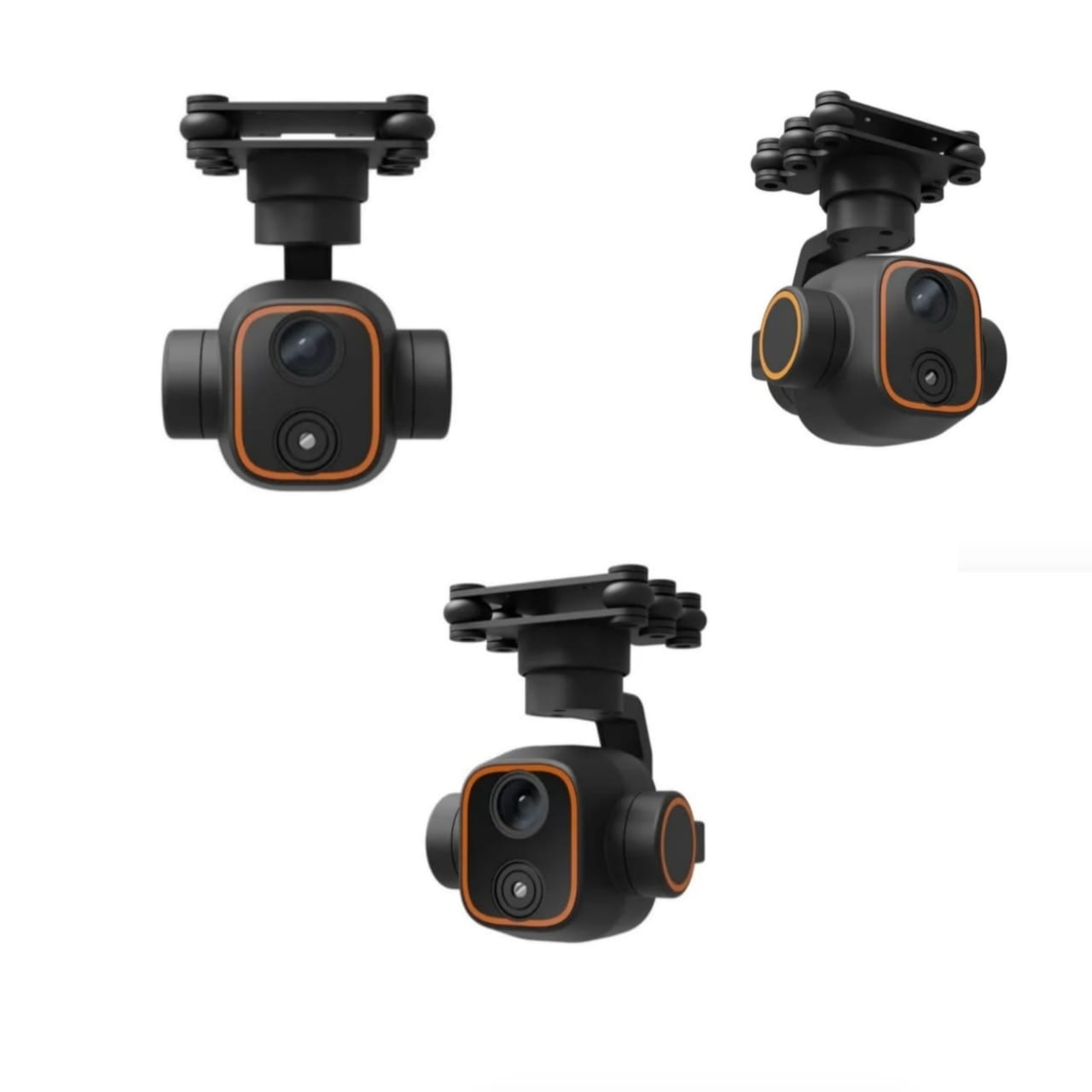3-Axis Gimbal Explained: The Secret Behind Smooth Drone Footage
Discover how 3-axis gimbals revolutionize drone stability and enable smooth, cinematic aerial footage across industries like filmmaking, surveying, and agriculture.

The rapidly changing field of aerial photography and cinematography relies heavily on stability. The difference between amateur clips and cinematic masterpieces often comes down to smooth, shake-free footage — made possible by the 3-axis gimbal. This advanced stabilizing system ensures steady, professional-grade shots even in turbulent flight conditions.
What is a 3-Axis Gimbal?
A 3-axis gimbal is a mechanical stabilization system that keeps the camera steady along three axes — pitch (tilt), roll (side tilt), and yaw (pan). Using a combination of brushless motors, gyroscopes, and sensors, it counters unwanted drone movement in real time, ensuring buttery-smooth footage even in strong winds.
The Science Behind a 3-Axis Gimbal
- Gyroscopic Sensors & IMUs: Inertial Measurement Units detect motion and orientation, instantly signaling corrections when the drone shakes or changes direction.
- Brushless Motors: Each axis has its own motor that precisely repositions the camera to neutralize motion.
- Smart Control Algorithms: These analyze sensor data and synchronize motor adjustments, maintaining a perfectly stable horizon within milliseconds.
In essence, the gimbal isolates your camera from vibration and turbulence, acting as a mechanical shock absorber for your footage.
2-Axis vs 3-Axis Gimbals: Why the Extra Axis Matters
While 2-axis gimbals stabilize only pitch and roll, they struggle with yaw movement — causing visible horizontal shake. In contrast, 3-axis gimbals provide full stability across all dimensions, producing cinematic fluidity even during complex maneuvers.
| Feature | 2-Axis Gimbal | 3-Axis Gimbal |
|---|---|---|
| Axes Controlled | Pitch, Roll | Pitch, Roll, Yaw |
| Video Smoothness | Moderate | Superior |
| Ideal Use | Hobby / Basic Photography | Professional Filming, Mapping |
Why Drones Need 3-Axis Gimbals
- Professional-Grade Video: Delivers cinematic footage that rivals film cranes or dollies.
- Sharper Photography: Enables blur-free stills, even with long exposures or low light.
- Real-Time Stabilization: Provides hardware-level smoothness without digital post-processing.
- Precision Mapping: Essential for accurate data in surveying, construction, and agriculture.
- Creative Control: Lets pilots pan, tilt, or roll smoothly for artistic shots.
How 3-Axis Gimbals Are Shaping the Drone Industry
From cinematic filmmaking to industrial inspections, 3-axis gimbals are powering the next wave of drone innovation:
- Aerial Cinematography: Used in high-end drones like the DJI Inspire and Autel EVO for movie-quality footage.
- Enterprise Applications: Ensure stability for LiDAR, thermal, and mapping sensors.
- FPV & Hybrid Systems: Combine manual agility with stabilization for immersive racing and cinematic shots.
- AI-Assisted Gimbals: Use computer vision to track subjects autonomously and maintain focus.
- Compact Design Innovations: Enable foldable drones with full stabilization for travelers and hobbyists.
Leading Drones with Advanced Gimbals
- DJI Air 3 / Mavic 3 Series: Dual-camera setups with precision mechanical stabilization.
- Autel Robotics EVO II Pro: 6K video with adjustable aperture and advanced gimbal control.
- Skydio 2+: AI-powered stabilization ideal for obstacle-heavy environments.
- Asteria Aerospace Genesis: Indian-made industrial drone with gimbal-stabilized payloads.
- Garuda Kisan Drone: Designed for precision agriculture and crop analysis.
The Future of Gimbal Technology
- AI-driven predictive stabilization systems.
- Integration with GPS, LiDAR, and IMUs for enhanced accuracy.
- Lighter carbon-fiber builds with modular payload design.
- Seamless drone-camera communication for better automation.
Conclusion
The 3-axis gimbal isn’t just hardware — it’s the heart of cinematic drone footage. By balancing motion across three axes, it enables stable, precise, and creative visuals. As drone use expands across defense, agriculture, and entertainment, advanced gimbals will continue to define the future of aerial imaging.


Comments (3)
Great article! The section about performance optimization was particularly helpful for my current project.
Thanks for sharing these insights. Would love to see a follow-up article with more advanced techniques.